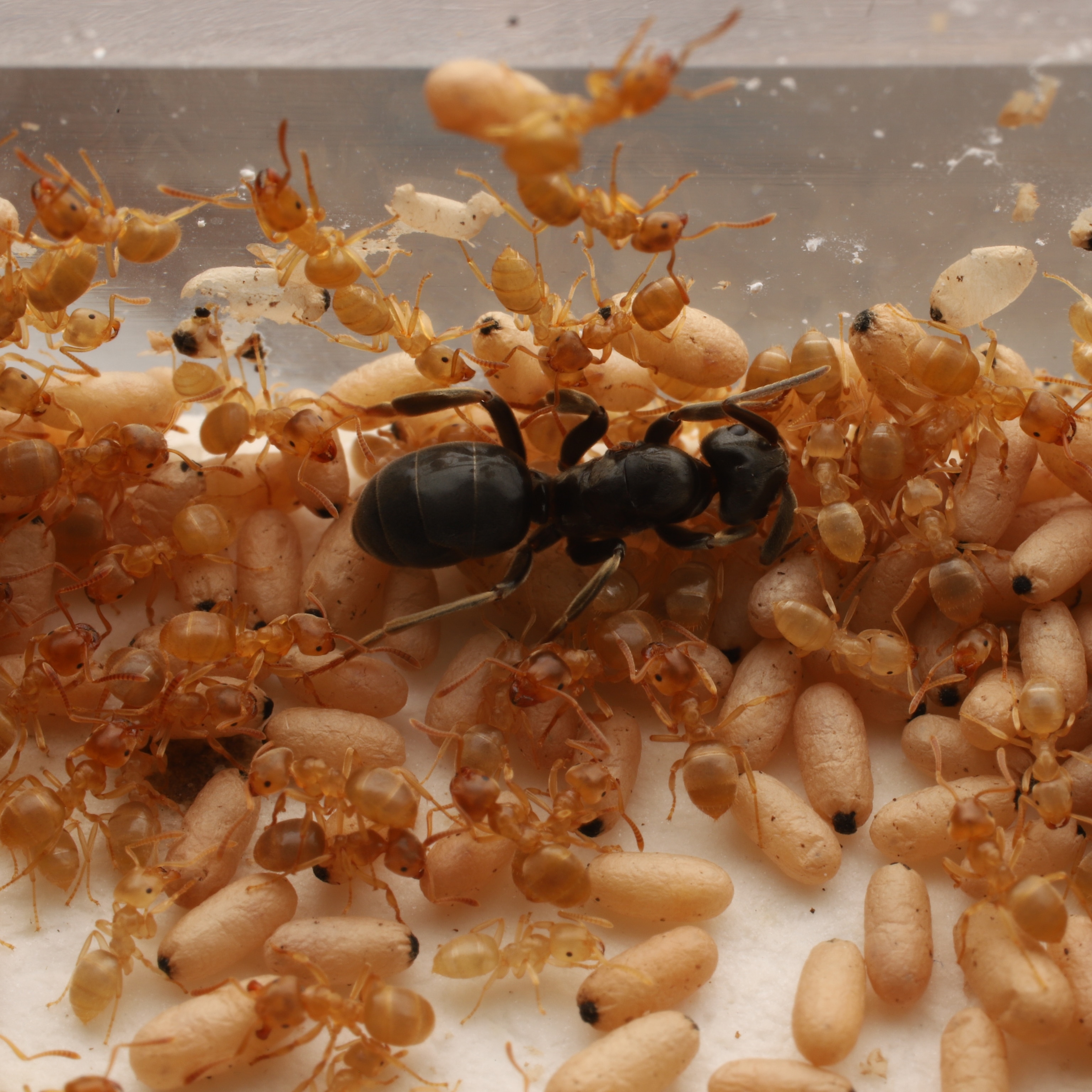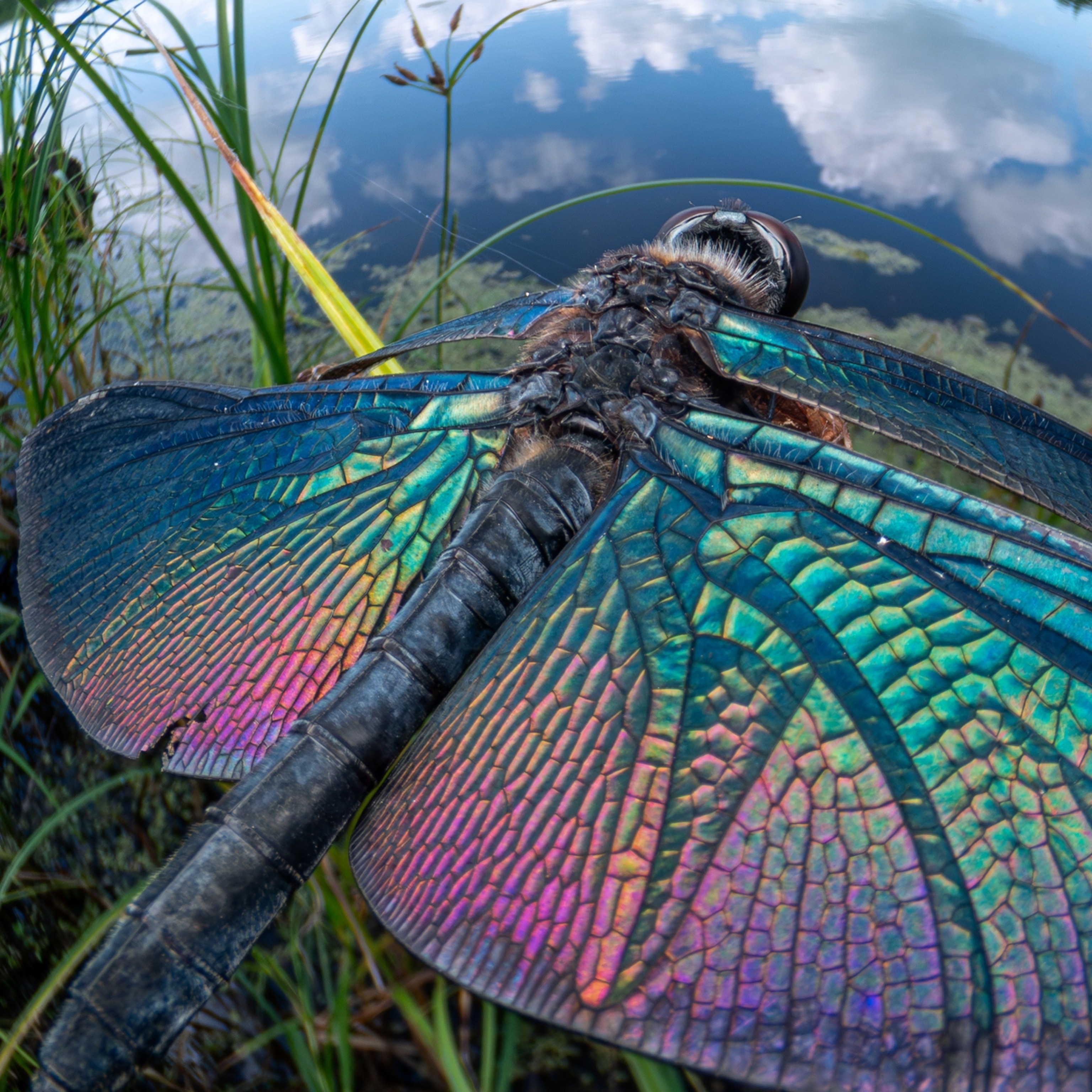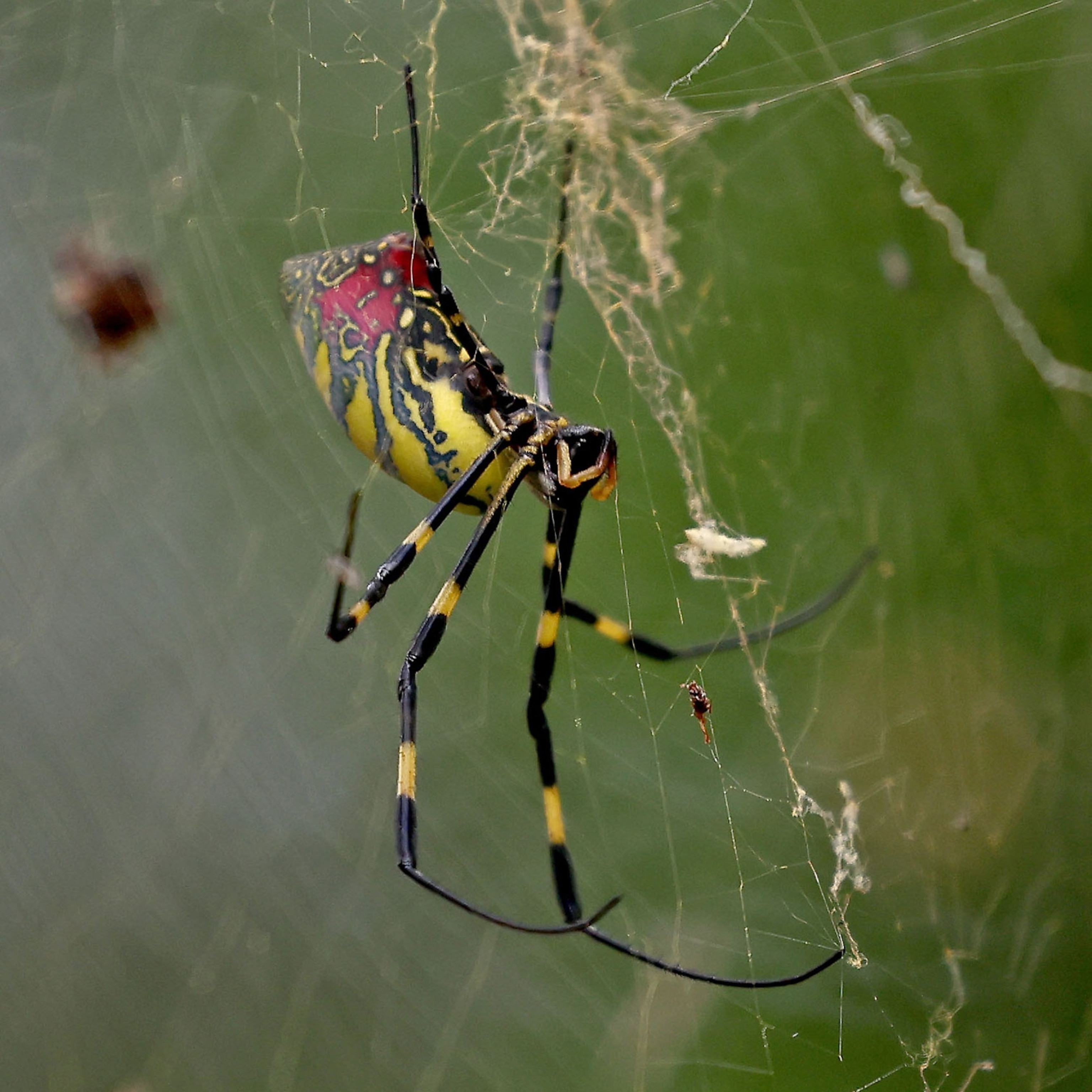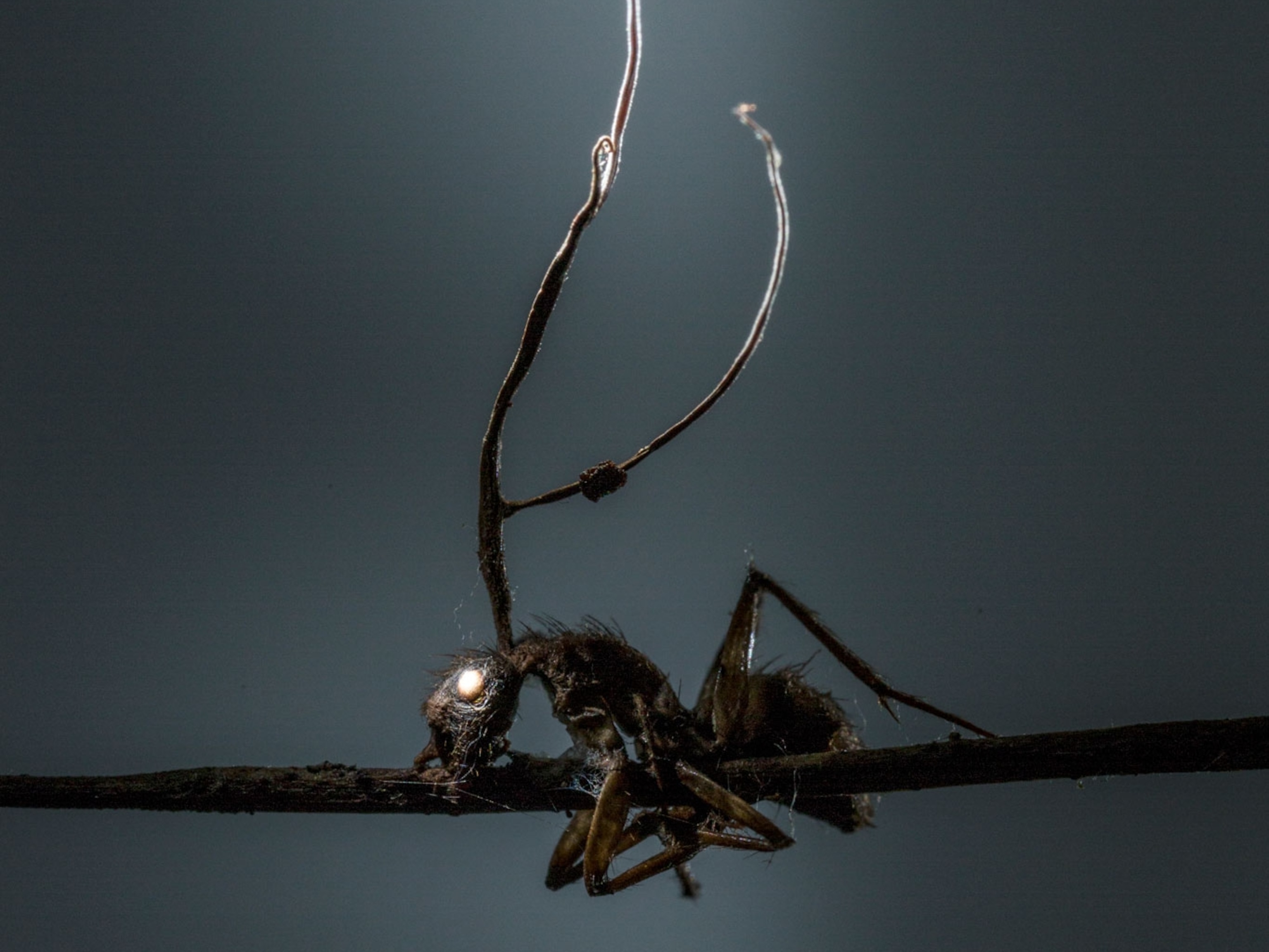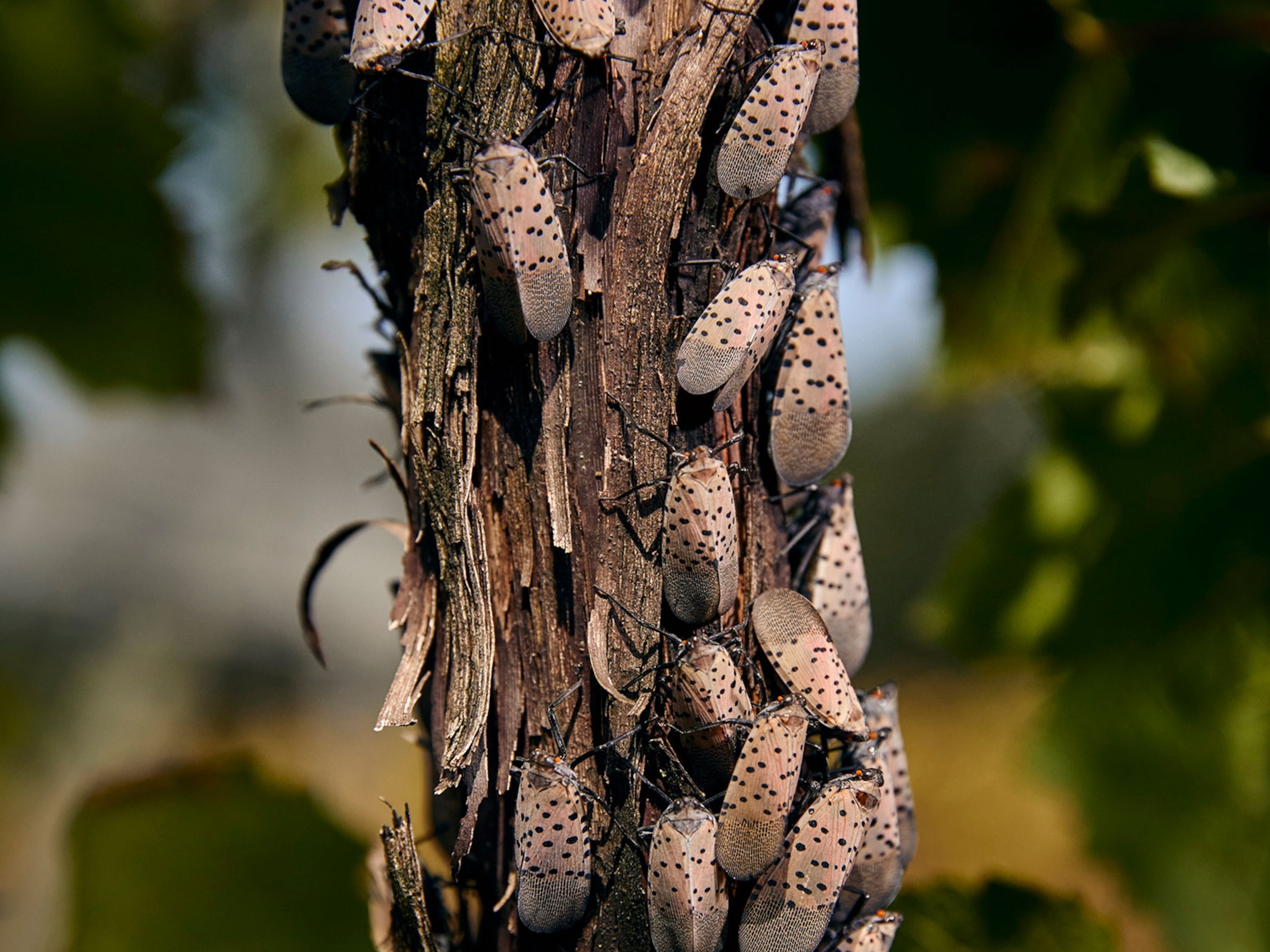
Invasive ants are a bigger threat than we thought
More than 500 ant species have been found in places where they shouldn’t be—wreaking havoc on local ecosystems. How do we stop them?
In Brisbane, Australia in 2001, a telecommunications worker was sent to the hospital for an insect sting that was burning severely. The red fire ant, native to South America and notorious both for its venom, aggression, and ability to exact agricultural damage had arrived, raising alarms. Fighting its invasion was, scientists later wrote, “a war we can’t afford to lose.”
“Alien” ants outside their native range, such as the red fire ant, are inadvertently transported around the world by cargo and goods. Humans try to stop them; the warnings at airport border securities to not bring plants or soil into a country are there, in part, to prevent such transit.
(Evolutionary arms race turns ants into babysitters for Alcon blue butterflies)
But the invaders are widespread. Argentine fire ants have constructed a super-colony stretching from Portugal to Italy. In the tiny island nation of Yap, the little fire ant has forced farmers to abandon their fields. And on Christmas Island, yellow crazy ants do battle with the area’s famous crabs.
A new paper shows the problem is even worse than we thought.

The study, published recently in Current Biology, documents twice as many instances of alien ants as were previously known: Over 500 species of ants were found places they weren’t supposed to be. But only one-third of those species have been spotted at borders—the rest slipped by undetected.
“We’ve only started to scratch the surface of this,” says Mark Wong, an ecologist at the University of Western Australia and lead author of the new study. (Wong and coauthor Benoit Guénard are National Geographic Explorers.)
Tourist ants
For as long as humans have been moving around the world, ants have been hitchhiking with us, largely in goods such as foods, plants, and soil. These “tourist” ants, as one 1939 paper dubbed them, have been globetrotting since at least the 1600s.
Alien ants can damage ecosystems by disrupting inter-organism relationships, consuming resources, and killing other organisms. This damage adds up; from 1930 to 2021, invasive ants caused an estimated $51 billion in economic losses. And they can be a nuisance, whether invading kitchens or biting kids on the playground.
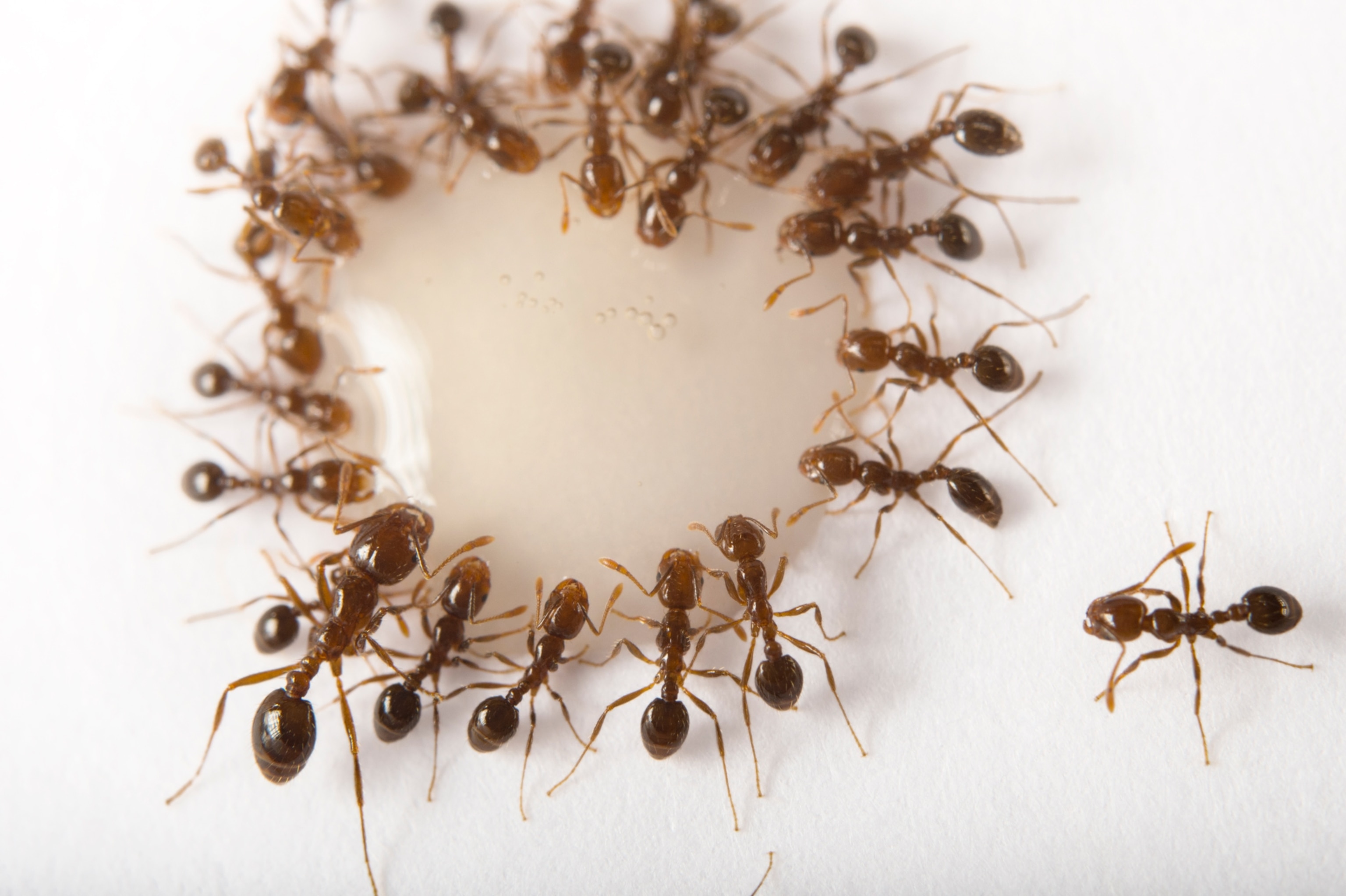
Besides being small, a species’ behavior helps determine its noticeability. “Some might be inconspicuous,” says Cleo Bertelsmeier, an ant ecologist at the University of Lausanne who did not participate in the research, while people can’t help but notice others. “Here in Switzerland, we have a new invasive [ant] species that people can see it because they form trails, like a highway.”
Knowing where to look is crucial to stop alien ants, and that’s where Wong’s research comes in. Wong and his colleagues combed through 146,000 global observations of alien ants for the last 200 years. The resulting map reveals ants can establish a colony almost anywhere on the planet, depending on the species. About 60 percent of alien ants have become “naturalized,” or living outdoors, while the rest were found indoors or in transported goods intercepted at borders.
The diversity of naturalized ants poses a daunting challenging to stopping their spread, Wong says.
Stopping ants
To stop alien ants, ecologists and officials need to know where they originate and where they might stop along the way. Most of these invaders arrived from the tropics and subtropics, particularly Central and northern South America and southeast Asian islands, the paper reports—areas with a high density and diversity of ants.
“What we’ve shown is where species are originally from and where they’re ending up,” Wong says. “But the huge gap along the way is, ‘How did they get there?’” For most species, we just don’t know, he says.
Climate change must be considered in planning, too. “Climate change will probably overall favor ant invasions because more invasive ants are tropical or subtropical species, so more areas will become suitable,” Bertelsmeier says. “It’s especially concerning for biodiversity hotspots,” which are often both vulnerable and welcoming to ants.
Improving ant detection at borders will be critical. Research like Wong’s, which reveals regions that are often ant “donors,” could help countries know how to adjust screening processes for the types of ants that tend to come from those areas. Countries can put strict controls on plants and soil, like New Zealand and Australia have.
Increased collaboration and cooperation between countries is necessary, says Benjamin Hoffman, an invasive ant ecologist at CSIRO in Australia, who wasn’t involved in the paper.
“The more people work together, the better,” he says. There’s already good collaboration throughout the Pacific; New Zealand worked with common ant-donor countries on invasive species management and reduced the [ant] contamination rate by about 99%, Hoffman says.
Still, Hoffman is realistic about how ant detection needs to change. “I’d say we are doing absolutely terribly on a global scale,” he says.
Humans have only successfully eradicated exotic ants, once established in the wild, in about 50 instances. Stopping the invaders early is key, says Bertelsmeier. “If you want to do something to stop them, it’s really only in the early stages that’s feasible. Once they become widespread, you can forget it.”
In the case of Australia’s red imported fire ant invasion, experts worked quickly to contain the ants’ spread and were rewarded with a rare, mostly successful eradication—though the threat persists.
Such efforts are expensive, “but the cost to losing the battle of eradicating the species is going to be far greater,” Hoffman says.

